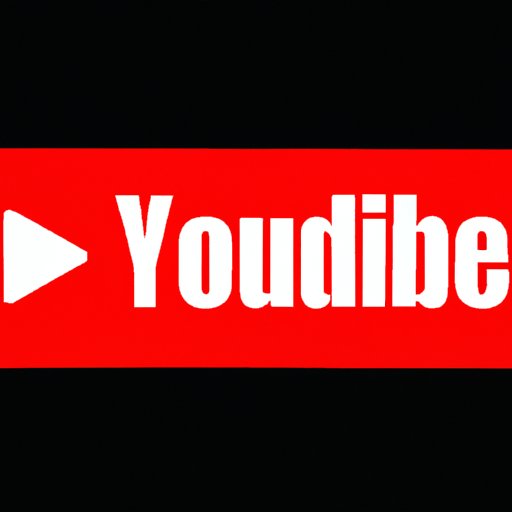Introduction
Music is a powerful tool that can help to set the tone of any video. Whether you’re creating a short film, a tutorial, or a commercial, adding music can help to bring your vision to life. But with so many different tools and regulations surrounding music on YouTube, it can be difficult to know where to start.
In this article, we’ll take a look at the best ways to add music to your videos on YouTube. We’ll discuss research tools and platforms, understanding copyright laws, creating an audio track, uploading music to YouTube, using online music platforms, and including music in your video editor.
Research Tools and Platforms
When it comes to researching music for your video, there are plenty of tools and platforms to choose from. Popular sites like SoundCloud, Bandcamp, and YouTube Audio Library offer a variety of free and paid options. You can also find royalty-free music on sites like Shutterstock and Pond5.
When choosing the right platform for your needs, it’s important to consider the type of music you’re looking for. If you have a specific genre in mind, try searching for it on a platform that specializes in that particular style. For example, if you’re looking for classical music, you could search on sites like Free Music Archive or Musopen.
Understand Copyright Laws
Before you can use any music for your video, you need to make sure you understand the copyright laws that apply. In most cases, you need to get permission from the artist or label before you can use their music. Luckily, there are several resources available to help you navigate these laws.
The Creative Commons website offers a range of licenses that allow you to use music without paying royalties. You can also check out websites like TuneSat and Audible Magic, which offer tools to help you identify copyright owners and request permission to use their music.
Create an Audio Track
If you’d rather create your own music, there are plenty of music programs available to help you do just that. Popular programs like GarageBand, Logic Pro X, and FL Studio offer a range of features to help you create professional-sounding tracks. Depending on the program you choose, you may need to purchase additional plugins or instruments to get the sound you’re looking for.
When creating a track, it’s important to keep in mind the length and structure of your video. Make sure you create a track that fits the length of your video and has enough variation to keep viewers interested. You should also consider the mood of your video and choose instruments and sounds that match the tone you’re trying to create.
Upload Music to YouTube
Once you’ve created your track, you’ll need to upload it to YouTube. To do this, you’ll first need to sign up for a YouTube account and then upload the track to your channel. Once the track is uploaded, you can add it to your video by clicking the “Add Music” button at the top of the video page.
When adding music to your video, make sure to adjust the volume levels so that the music doesn’t overpower any dialogue or sound effects. You should also consider adding fade-ins and fade-outs to create a smoother transition between clips. Finally, make sure to preview your video before publishing to ensure that everything sounds as it should.
Use Online Music Platforms
If you don’t want to create your own music, you can always use online music platforms to find royalty-free tracks. Popular sites like PremiumBeat and AudioJungle offer a wide selection of tracks, ranging from upbeat pop songs to ambient soundscapes. Many of these sites also offer subscription plans, which give you access to a larger selection of tracks.
When searching for music on these platforms, make sure to read the license agreement carefully. This will tell you whether you’re allowed to use the track for commercial purposes or if you need to pay a fee to do so. Keep in mind that some sites may require you to credit the artist when using their music.
Include Music in Video Editor
Finally, you can also include music directly in your video editor. Most popular video editors, such as Adobe Premiere Pro and Final Cut Pro, offer a range of music and sound effects that you can add to your project. You can also import external audio files, such as MP3s, into your editor to use in your video.
When adding music to your video editor, make sure to adjust the volume levels and add transitions to ensure a smooth flow. You should also consider adding filters or effects to enhance the sound of your track. Finally, make sure to preview your video before publishing to ensure that everything sounds as it should.
Conclusion
Adding music to your videos on YouTube can be a great way to set the tone and create an engaging experience for viewers. To do this successfully, it’s important to understand copyright laws, research tools and platforms, create an audio track, upload music to YouTube, use online music platforms, and include music in your video editor.
By following these steps, you can easily and legally add music to your videos on YouTube. Just remember to adjust the volume levels, add transitions, and preview your video before publishing to ensure that everything sounds as it should.
(Note: Is this article not meeting your expectations? Do you have knowledge or insights to share? Unlock new opportunities and expand your reach by joining our authors team. Click Registration to join us and share your expertise with our readers.)
